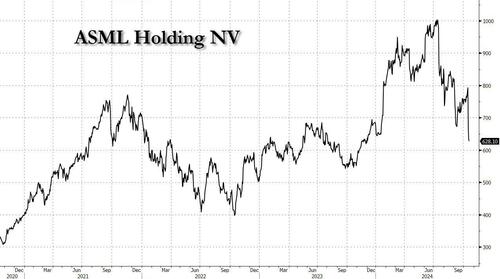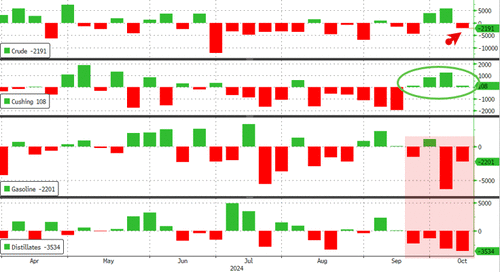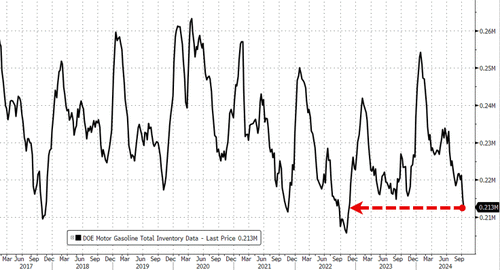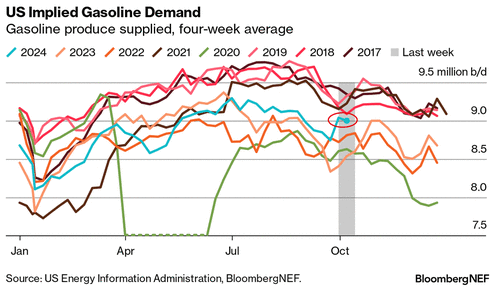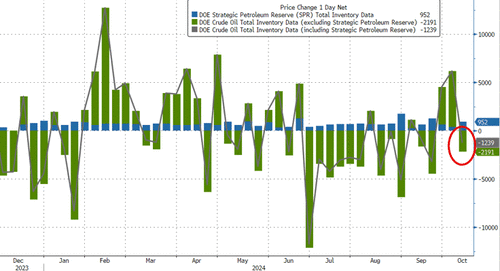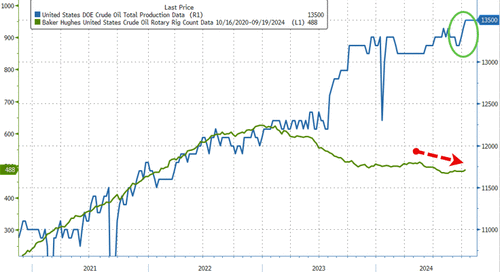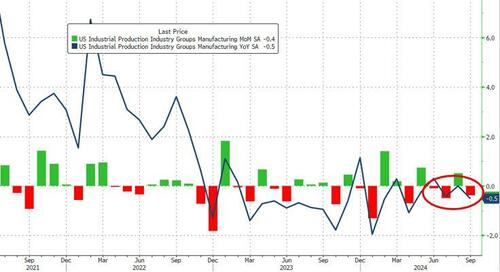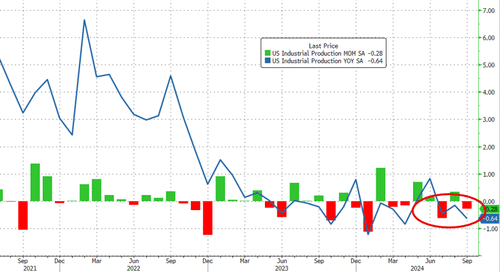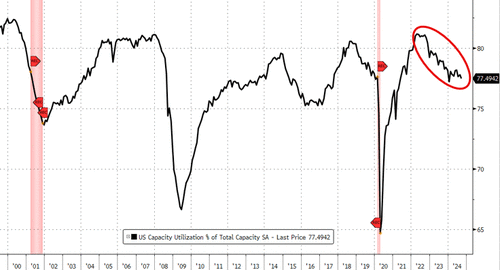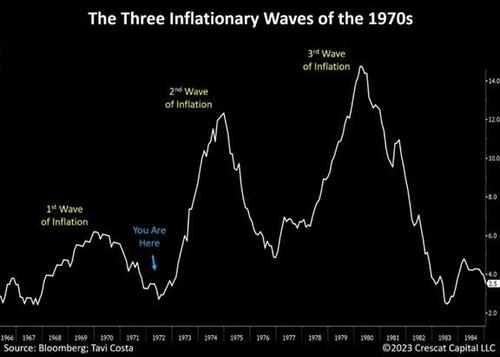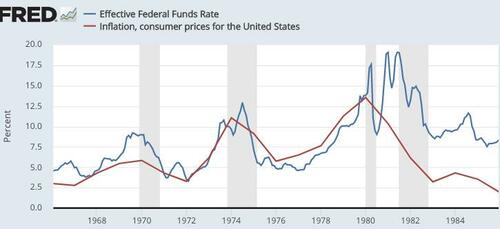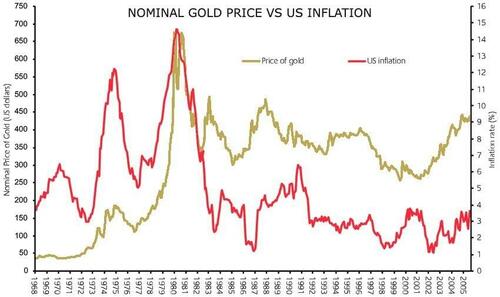US Sends B-2 Stealth Bombers To Hit Houthi Underground Bunkers In War’s First
In the early morning hours of Thursday the US sent B-2 stealth bombers to launch major bombing raids on Houthi targets in Yemen. Was this a preview bombing run ahead of the expected major Israeli attack on Iran?
The warplanes hit underground bunkers used by the Houthis, and is the first known instance the B-2 stealth jets were deployed in combat over Yemen since the war on Red Sea shipping began more than a year ago.

The Associated Press called it a warning to Iran and noted that while the extent of damage is as yet unclear, “the attack appeared to be the first use of the B-2 in combat in years and the first time the flying wing targeted sites in Yemen.”
Any potential Israeli strikes on Iran are also expected to target underground bunkers which conceal ballistic missiles, possibly with US-supplied munitions such as bunker busting ordinance. US Defense Secretary Lloyd Austin in commenting on the fresh action over Yemen hinted at this.
“This was a unique demonstration of the United States’ ability to target facilities that our adversaries seek to keep out of reach, no matter how deeply buried underground, hardened or fortified,” he said.
Austin specified that targets were successfully struck at “five hardened underground weapons storage locations in Houthi-controlled areas of Yemen.”
According to more on this new attack against a group seen as Iran’s proxy on the Arabian peninsula, and how it sets up for potential further military action against Iran:
The B-2 would be used in any American attack on hardened Iranian nuclear facilities like Natanz or Fordo given it is the only aircraft in service that can drop the GBU-57, known as the “Massive Ordnance Penetrator.”
But the Pentagon’s anti-Houthi actions might still be seen as coming a bit late. The Houthis have for over a year held Red Sea shipping essentially hostage with its unrelenting campaign which has seen over 80 merchant vessels targeted with drones and missiles.
US warships have also been directly targeted, in what’s been called the largest US Navy battle at sea going back to World War II. There’s long been speculation that US military ships have actually been struck, but that the Pentagon has concealed it.
The B-2s which struck Yemen reportedly flew all the way from Whiteman Air Force Base in Missouri.
While there have been prior rounds of US and Israeli air offensives against the Houthis, this hasn’t set back Houthi capabilities in any significant or known way, but only appears to have deepened their resolve to punish Israel and its allies related to the Gaza war.
Independent journalist Michael Tracey observes of Thursday’s Pentagon strikes, “For 10 months, the US has been bombing Yemen on behalf of Israel with zero Congressional authorization — Congress actively refuses to take action either way — and as usual, it’s simply not an issue in the presidential campaign.”
Tyler Durden
Thu, 10/17/2024 – 12:45
via ZeroHedge News https://ift.tt/sJr2ynb Tyler Durden



